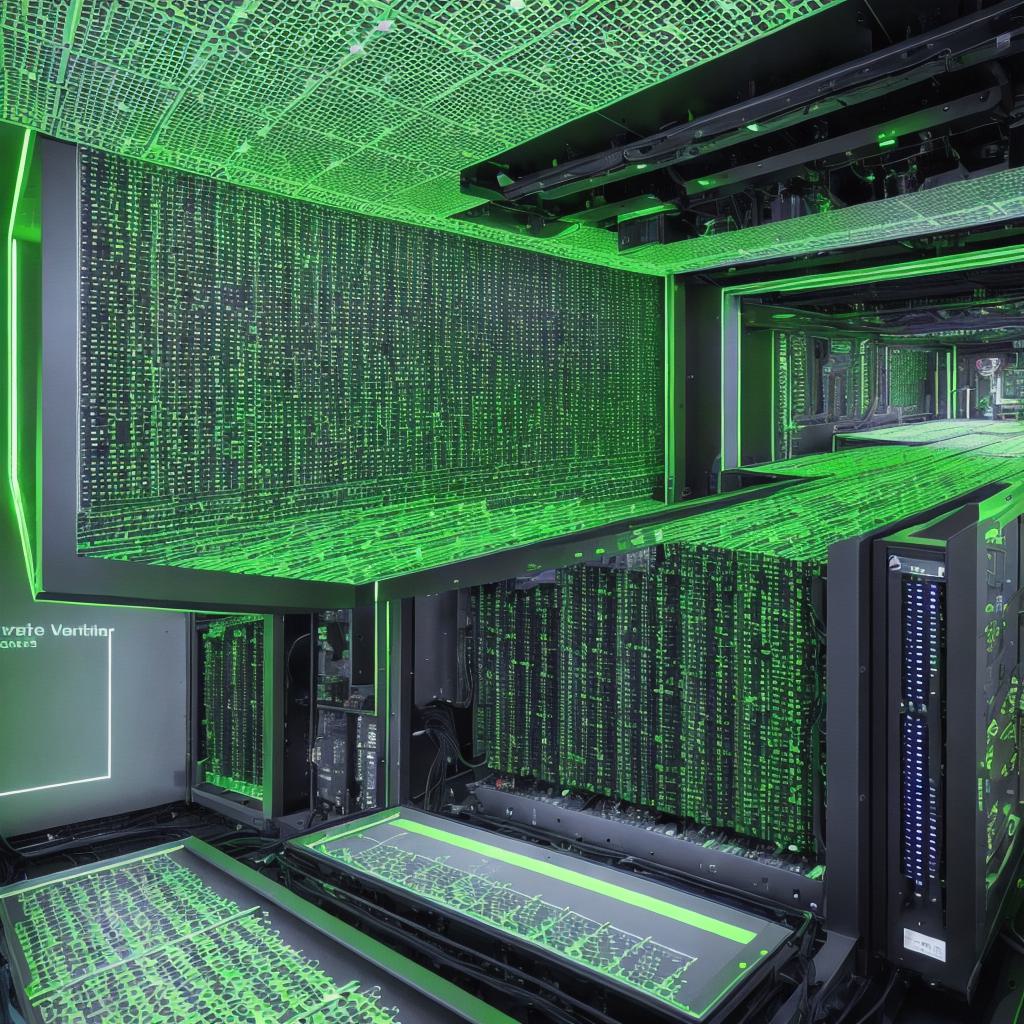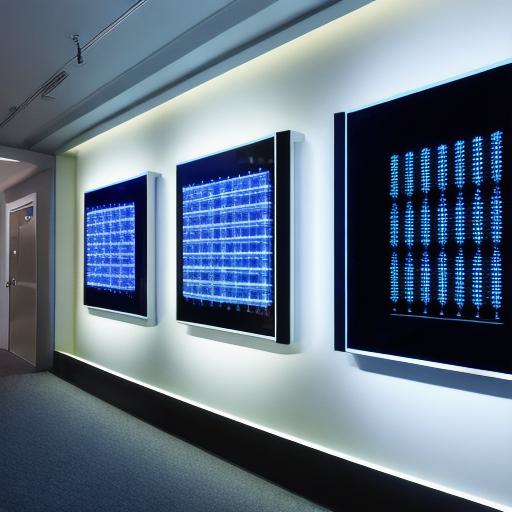Latest Trends and Advancements in Data Center Technology: Shaping the Future of Digital Infrastructure
In today’s digital age, data centers play a crucial role in storing, processing, and disseminating vast amounts of information that powers our modern world. As we step into 2023, it’s essential to be aware of the latest trends and advancements shaping the future of data center technology.
1. Edge Data Centers:
Decentralizing Digital Infrastructure
Edge data centers, also known as distributed or decentralized data centers, are moving computing power closer to the source of data generation – the edge of the network. With the ever-growing volume of data being generated at the edge, edge data centers help reduce latency and improve overall performance (1). For instance, self-driving cars, smart cities, and IoT devices produce a massive amount of data that needs to be processed in real-time. Edge data centers enable faster analysis and decision-making by processing data locally.
2. Artificial Intelligence (AI) & Machine Learning (ML): Intelligent Data Centers
AI and ML technologies are revolutionizing various industries, and data centers are no exception. Intelligent data centers leverage these advanced technologies to optimize power usage, reduce costs, improve efficiency, and enhance performance. AI algorithms analyze real-time data from various sensors in the data center environment to predict failures, identify bottlenecks, and maintain optimal conditions (2).

3. Liquid Cooling: A Game Changer for Data Center Efficiency
Liquid cooling is a cooling technology that uses liquid to absorb and transfer heat away from IT equipment instead of relying on traditional air cooling methods. This cooling method offers numerous benefits, including increased power density, higher efficiency, and lower water usage (3). For instance, Google has been using liquid cooling in its data centers since 2015, which helps the company operate more efficiently and reduce its carbon footprint.
4. Virtualization & Cloud Computing: Flexibility & Scalability
Virtualization and cloud computing have significantly transformed the data center landscape. These technologies provide organizations with greater flexibility, scalability, and cost savings (4). Virtualization allows businesses to create multiple virtual servers on a single physical server, reducing hardware requirements and maintenance costs. Cloud computing, on the other hand, enables companies to store their data and applications on remote servers accessed over the internet, eliminating the need for on-premises infrastructure.
5. 5G & Beyond: The Future of Connectivity for Data Centers

The rollout of 5G networks is set to revolutionize the way we interact with digital information. With its ultra-low latency and high bandwidth capabilities, 5G will provide the necessary connectivity for data centers to support IoT devices, edge computing, and AI applications (5). In addition, upcoming 6G technologies are expected to offer even more significant advancements in terms of speed, reliability, and capacity.
In conclusion, the future of data center technology is undoubtedly an exciting one, with trends such as edge data centers, intelligent data centers, liquid cooling, virtualization & cloud computing, and advanced connectivity shaping the digital infrastructure landscape. These advancements will help organizations improve efficiency, reduce costs, enhance performance, and ultimately pave the way for a more connected and intelligent world.
